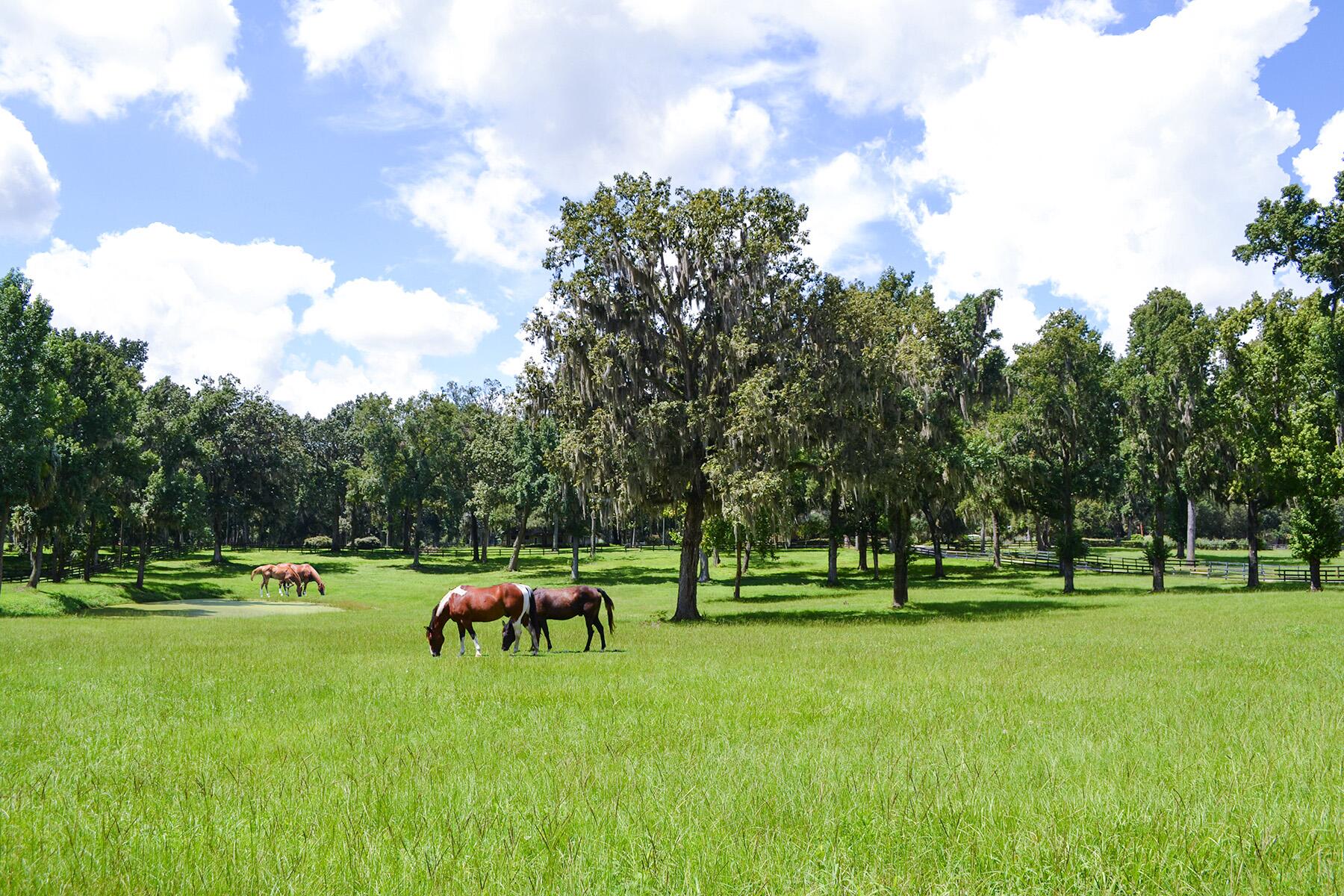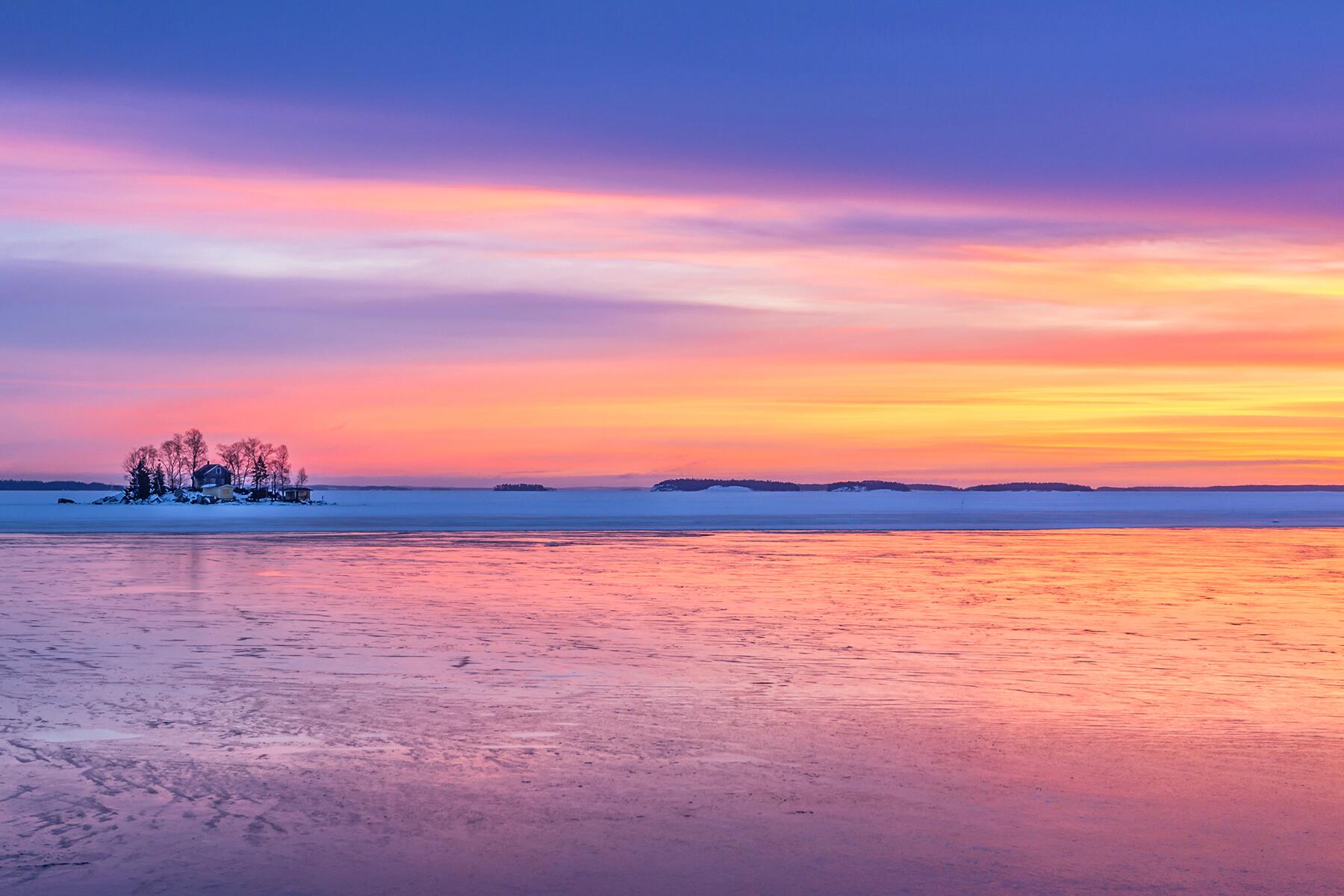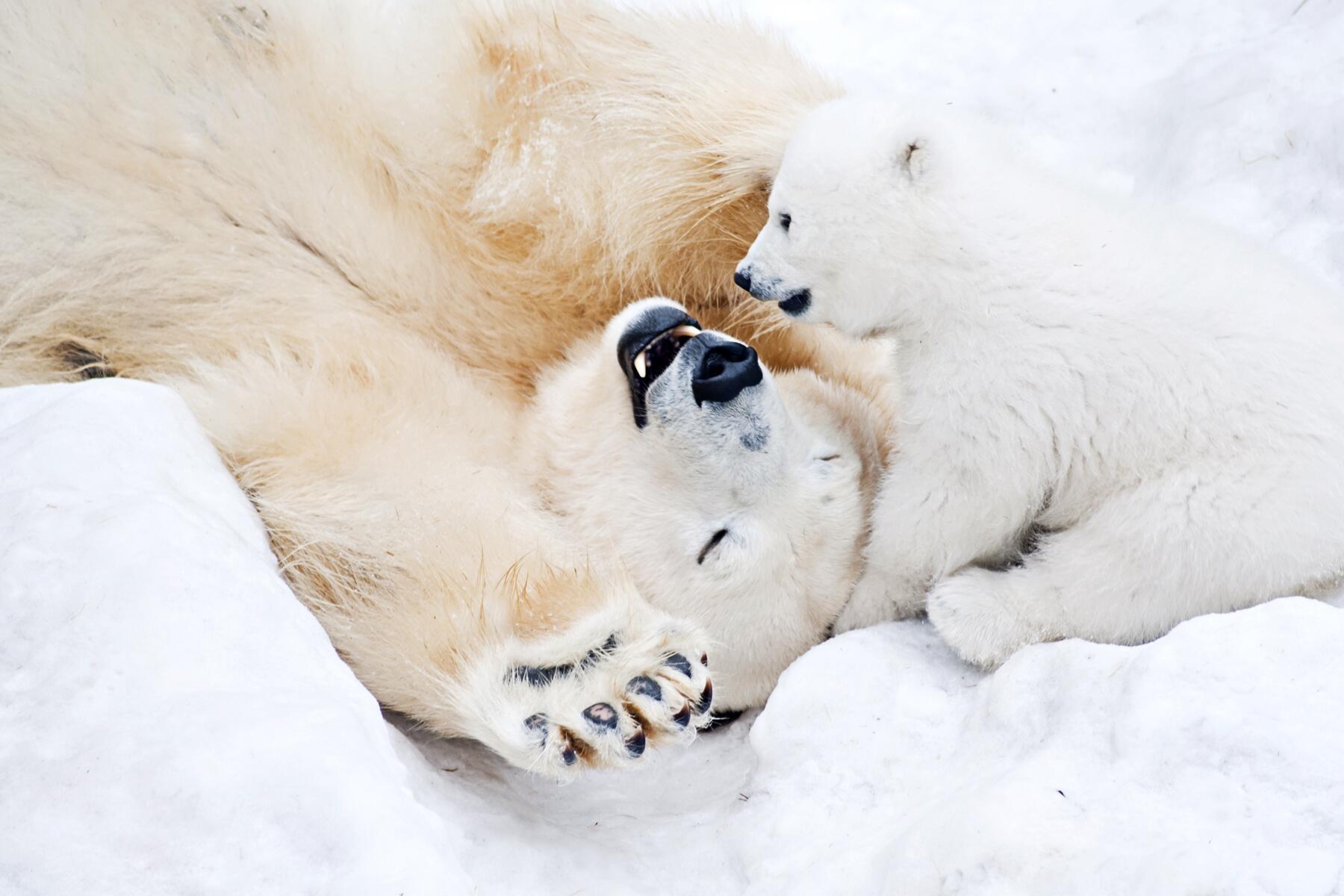‘Tis the season to talk about some REAL cold animals.
The holidays are here and winter is upon us, but in the Northern Hemisphere, winter is always upon…them. And by “them,” I of course mean the animals living at the North Pole. All of these animals are iconic, because, frankly, their living conditions are stupid cold. It takes a pretty strong and well-adapted chap to deal with all of that ice. Let’s get to know these absolute champions, and celebrate them as they deserve.





